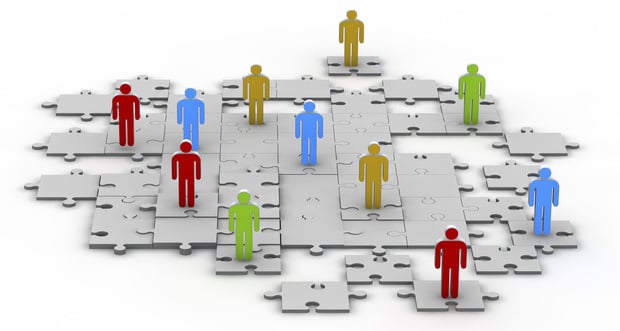
Technology is always evolving. Every few years, we upgrade our smartphones, tablets, and other devices to take advantage of new features and improved user experiences. It's second nature — we expect more from our technology.
The same mindset should apply to benefits technology. But unlike personal tech, benefits platforms often go unchanged for years — quietly falling behind. That delay can leave HR teams stuck with outdated tools, missing out on innovations that simplify and streamline benefits administration.
Recommended For You
If this sounds like the situation at your organization, continue reading to recognize the signs that it's time to upgrade your benefits technology.
It's not making your life easier
Think back to when your organization first adopted technology for benefits administration. Transitioning away from paper likely felt like a major leap forward. But is your current solution keeping pace with the challenges you're facing today? Are there still manual processes that feel like they should be automated by now?
It hasn't changed since you first implemented it
Benefits technology is meant to make your job easier — but it can’t do that if it’s not evolving with your needs. HR teams should be able to handle everyday tasks like pulling data, accessing real-time dashboards, and running customized reports — without relying on clunky workarounds.
Employees expect a seamless user experience, too. In today’s on-demand world and multi-generational workforce, your benefits technology needs to keep pace. Whether it’s a tech-savvy new hire or a more experienced employee, access to education and support tools should be fast, intuitive, and user-friendly for everyone.
Related: Study reveals how advanced benefits tech can help employers balance costs, care
It doesn't connect to other HR systems of record
Having a benefits technology solution is a great start, but without connectivity to your other systems, it’s likely costing you time and money.
Benefits technology delivers the most value when it seamlessly connects with other HR systems like your HRIS and payroll. Its impact grows even further when integrated with onboarding, employee engagement, wellness, performance management, and time-off platforms. A connected HR tech stack enables continuous data exchange — keeping every system accurate, aligned, and up to date.
If your benefits platform isn’t integrated with the rest of your HR systems, manual data entry becomes a daily struggle, often repeated across multiple platforms. This not only consumes valuable time but also signals that your technology is behind the curve. When data exchange isn’t automated, what should be a simple task turns into hours of tedious work for already stretched HR teams. A connected tech stack changes that, freeing up time and allowing HR to focus on more strategic, high-impact initiatives.
Conclusion
Sticking with outdated benefits technology may feel easier in the short term, but over time, it creates more work and fewer results. As expectations rise for both HR teams and employees, your technology should be keeping pace and not holding you back.
If your current platform isn’t evolving, streamlining processes, or integrating with your broader tech stack, it may be time to explore a better solution. Upgrading technology goes beyond just implementing a newer system. This time of year is perfect for implementing new tech — to a platform that will get you to the next evolution of the benefits technology lifecycle.
© 2025 ALM Global, LLC, All Rights Reserved. Request academic re-use from www.copyright.com. All other uses, submit a request to [email protected]. For more information visit Asset & Logo Licensing.







